Agilent provides xCELLigence impedance-based, label-free, real time cell analysis system and NovoCyte flow cytometers.
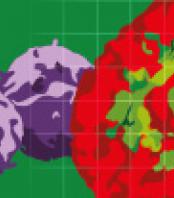
Automated microscopy and Spatial Proteomics
Real-time, label free cell analysis
Nano and micro particle analysis
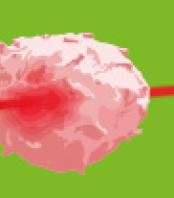
Accelerate to discover
Related topics
Theranostics: From Mice to Men and Back
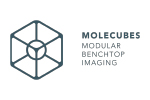
Jun 25, 2024
Recorded webinar
Presenters: Prof. Dr. Ken Herrmann and Prof. Dr. Katharina Lückerath – Moderator: Hannah Notebaert
X-RAD 320 for irradiation therapy during quantifying study for in vivo collagen reorganization

Jun 5, 2024
Quantifying in vivo collagen reorganization during immunotherapy in murine melanoma with second harmonic generation...
Use of MRI and microCT to evaluate gene therapy for the treatment of discogenic back pain

Jun 4, 2024
MRI images were obtained using the 9.4T Bruker BioSpec system, equipped with 40 mm 1H quadrature volume resonator, and...
High-frequency Ultrasound System For Preclinical Imaging

May 13, 2024
The Prospect T1 is an innovative high-frequency ultrasound system designed specifically for in vivo preclinical imaging...
“Range+T “ for Tight Sizing of HMW Libraries
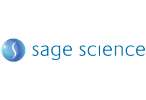
May 10, 2024
We decided to do a deep dive into Range+T to get a better handle the method, and to develop best practices for using...
April 2024 publication revealing benefits of using intravital microscopy in trascriptomics studies

May 8, 2024
Transcriptional activation of Bmal1 drives the inflammatory activity of monocytes by modulating mitochondrial unfolded...
Minimal information for studies of extracellular vesicles (MISEV2023)

May 7, 2024
MISEV2023 is intended to aid any and all EV researchers: from those just starting their EV journey to more established...
Omics Studies of Tumor Cells under Microgravity Conditions
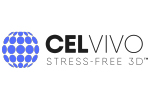
May 6, 2024
It is important for the analysis of data from space experiments to distinguish unspecific stress reactions from...

Apr 4, 2016
Efficient cellular uptake of nanoparticles is crucial for modulating the cell behaviors as well as dictating the cell fate. In this work, by using two commercial reagents (the membrane modification reagent “cholesterol–PEG–biotin” and the avidin-modified quantum dots (QDs) “QD–avidin”), we achieved the enhanced plasma membrane enrichment and endocytosis of fluorescent QDs in cancer cells through cell surface engineering. The QD–cell interaction involved two stages: adsorption and internalization. After incubation with cholesterol–PEG2k–biotin, the cell membrane was engineered with biotin groups that would actively recruit QD–avidin to the cell surface within 1 min. This fast adsorption process could realize high quality and photostable plasma membrane imaging, which is simple, low-cost and generally applicable as compared with the previously reported membrane protein/receptor labeling-based QD imaging. After that, the QDs attached on the cell surface underwent the internalization process and 12 h later, almost all the QDs were internalized through endocytosis. Notably, we found that the internalization of QDs was not via common endocytosis pathways (such as clathrin- or caveolae-mediated endocytosis or macropinocytosis) but more likely via lipid raft-dependent endocytosis. In contrast, without cell surface engineering, the QD–avidin showed negligible cellular uptake. The results demonstrate that cell surface engineering is an efficient strategy to image the plasma membrane and increase cellular uptake of nanoparticles, and will be potentially applied to enhance the efficacy of nanomedicines when therapeutic nanoparticles are used.
Related technologies: Conventional flow cytometry
Brand profile
Agilent provides xCELLigence impedance-based, label-free, real time cell analysis system and NovoCyte flow cytometers.
More info at:
www.aceabio.com